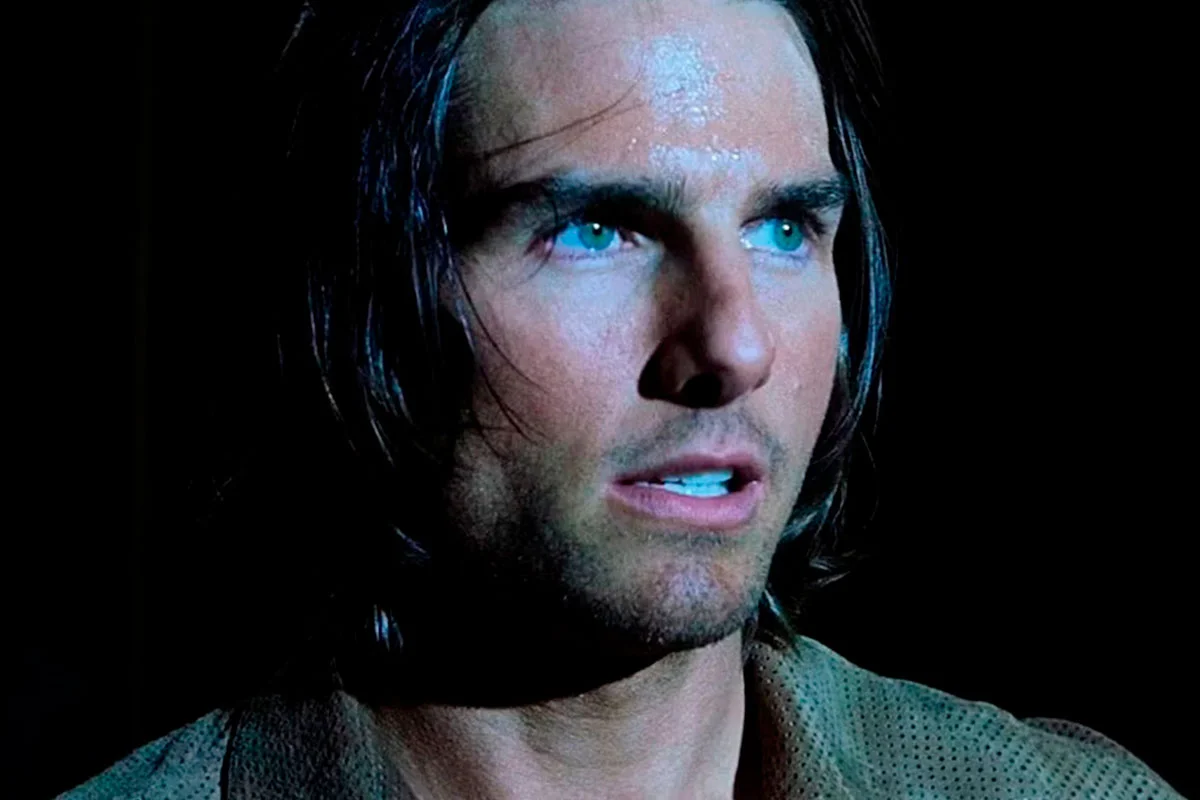Paul Thomas Anderson’s film Magnolia, featuring Tom Cruise, concludes with a startling and surreal rain of frogs, an event that defies logical explanation but strongly resonates as a metaphor for confronting deep emotional struggles. This unusual climax, set in the film’s final moments, highlights a pivotal moment for the interconnected characters as they face their personal crises and emotional barriers.
The Symbolic Meaning of Frogs in Magnolia’s Climactic Scene
Though the frog downpour is fantastical and unexplained by rational terms, it carries significant biblical and symbolic weight in Magnolia. Frogs in religious texts often symbolize plagues, rebirth, transformation, and divine intervention, themes that align with the film’s exploration of personal turmoil and redemption. As the film’s nine main stories converge, characters such as Frank, played by Tom Cruise, confront long-suppressed pain during and after this surreal event.
Frank’s breakdown in front of his dying father following the frog rain marks a crucial emotional turning point, where he sheds his defensive bravado to face his trauma. Similarly, other characters, including Claudia, experience moments of release and healing, with Claudia managing to smile genuinely for the first time when interacting with Officer Jim. Although the scene’s fantastical nature clashes with the otherwise grounded tone of the film, it powerfully symbolizes emotional transformation and reconciliation, suggesting a divine force breaking through human suffering.

Interestingly, Anderson admitted that he was not fully aware of the biblical implications during the scriptwriting process, underscoring how the ending organically evolved into a moment of spiritual symbolism rather than an intentional religious statement.
The Ambiguity Behind Magnolia’s Unsettling Finale
One of the strengths of Magnolia lies in its open-endedness, particularly in the frog rain’s interpretation. Paul Thomas Anderson generally delivers clear thematic messages in his work; however, this film invites viewers to form their own understandings. The filmmaker has expressed openness to multiple readings of the finale, encouraging audiences to apply their perspectives and find personal meaning within the story’s surreal conclusion.
“If you want to reference the Bible, that’s good; if you want to link it to something else you can. There’s a notion that you can judge a society’s existence by the health of its frogs.” —Paul Thomas Anderson, Director
This quote reflects the film’s layered symbolism, acknowledging biblical connections while leaving space for alternative interpretations. The rain of frogs serves as a metaphorical device that resonates differently depending on the viewer’s background and outlook, making Magnolia a unique cinematic experience that challenges straightforward explanation.
Beyond symbolism, the ending also emphasizes themes of transformation on a societal level, alluding to larger ideas about collective healing and reflection. As such, the film’s finale retains a sense of mystery and emotional depth, inviting ongoing discussion and analysis.
Tom Cruise’s Role and The Future of Collaborations with Paul Thomas Anderson
Tom Cruise’s performance in Magnolia earned him an Academy Award nomination, highlighting the impact of his portrayal within the film’s complex narrative. As the actor appears to be stepping back from his long-running involvement in the Mission: Impossible franchise, there is growing anticipation around the potential for future collaborations between Cruise and Anderson, whose creative synergy resulted in this compelling and emotionally charged film.
The film’s examination of trauma, forgiveness, and the search for meaning continues to resonate with audiences, partly due to its blend of realism and surrealism, embodied most dramatically in the frog rain scene. This unconventional ending remains a subject of debate and interpretation, encouraging viewers to engage deeply with the story’s themes.
Magnolia is currently available for rental on Apple TV in the USA, providing an opportunity for audiences to revisit and reflect on this enigmatic and powerful film.
Our Reader’s Queries
Q. When was Tom Cruise diagnosed?
A. When Tom Cruise was seven years old, he found out he had dyslexia, a learning problem that makes reading hard. This issue made reading difficult for him during high school and when he first started his acting career. Despite this challenge, Cruise did not allow his condition to stop him from pursuing his goals.
Q. What is Tom Cruise’s religion?
A. In 1955, Hubbard made a list of 63 famous people he wanted to join Scientology. Well-known members now include John Travolta, Tom Cruise, Kirstie Alley, Nancy Cartwright, and Juliette Lewis. The group uses celebrity members to boost its appeal.
Q. What is Tom Cruise’s syndrome?
A. When Tom Cruise was seven years old, he was found to have dyslexia, which is a learning disability impacting how well a person can read.
Q. Does Tom Cruise have any disabilities?
A. Tom Cruise struggles to read because he was diagnosed with dyslexia when he was 7 years old. In high school and at the start of his acting career, he found reading very hard, especially when trying to read scripts for his roles.
